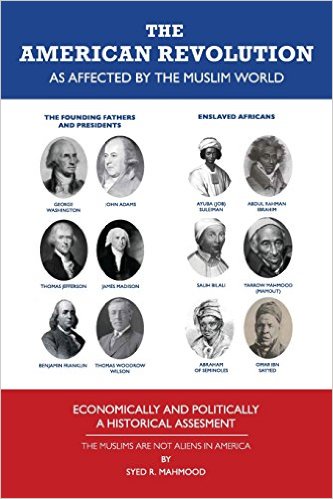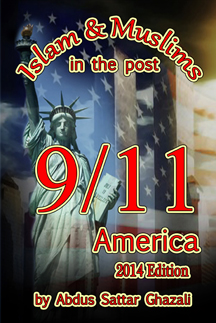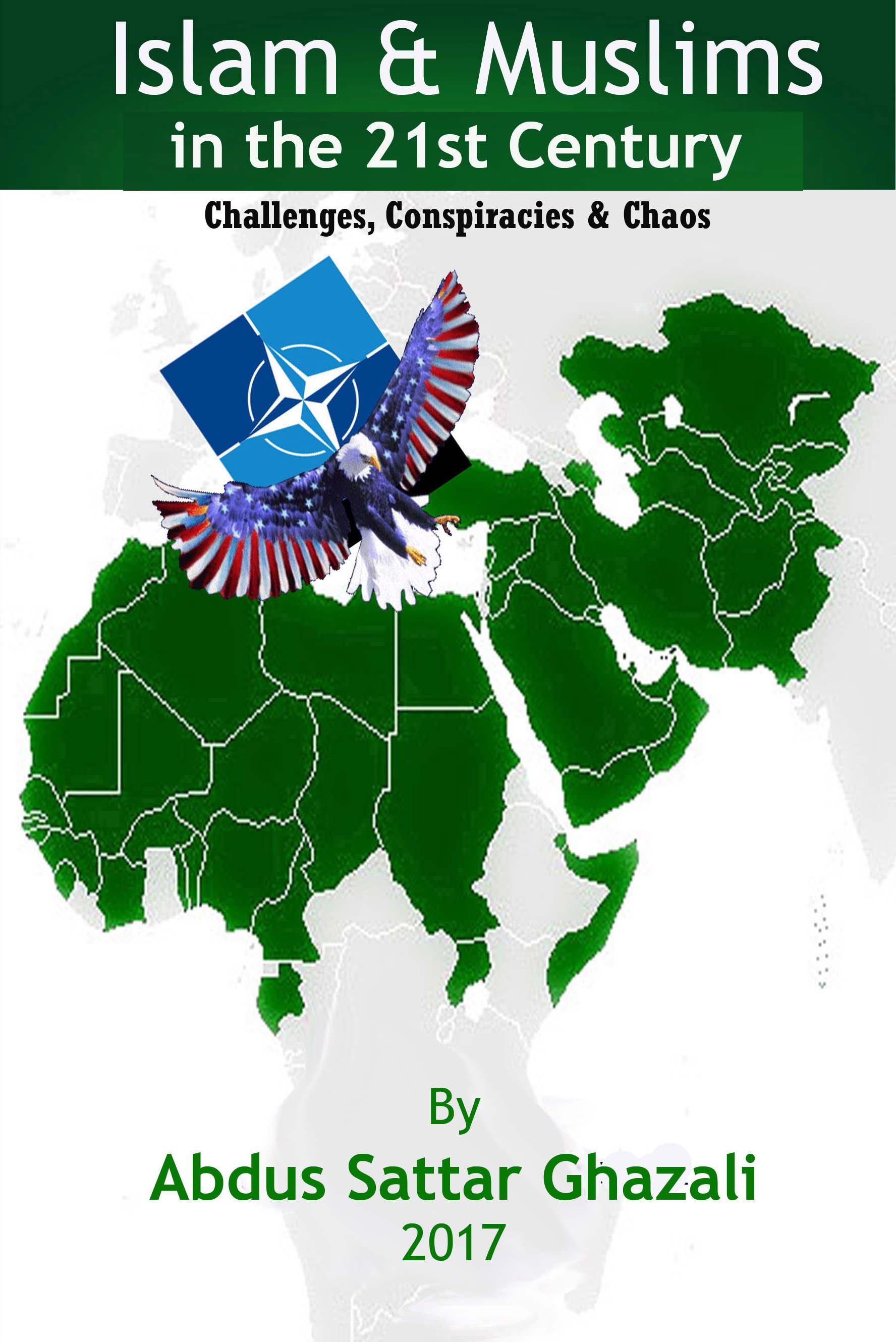Berkeley University study of Islamophobia in India highlights plight of Muslims-P2
Politically-stoked communal Violence
This report contextualizes and documents politically-stoked violence against Muslim communities in India. In doing so, the negative impact of such attacks on the general security of Muslims in every day, as well as Muslim spaces is exposed. Documenting various cases of spatialized Islamophobia in 2017 onwards exposes the impacts of politically-stoked mass violence on Muslim residential patterns, internal displacement, and subsequent patterns of ghettoization and segregation. Such negative spatial outcomes are situated as a byproduct of experiences of Islamophobia, which are and sustained through discriminatory policies that further restrict the social and spatial mobility of Muslims in India.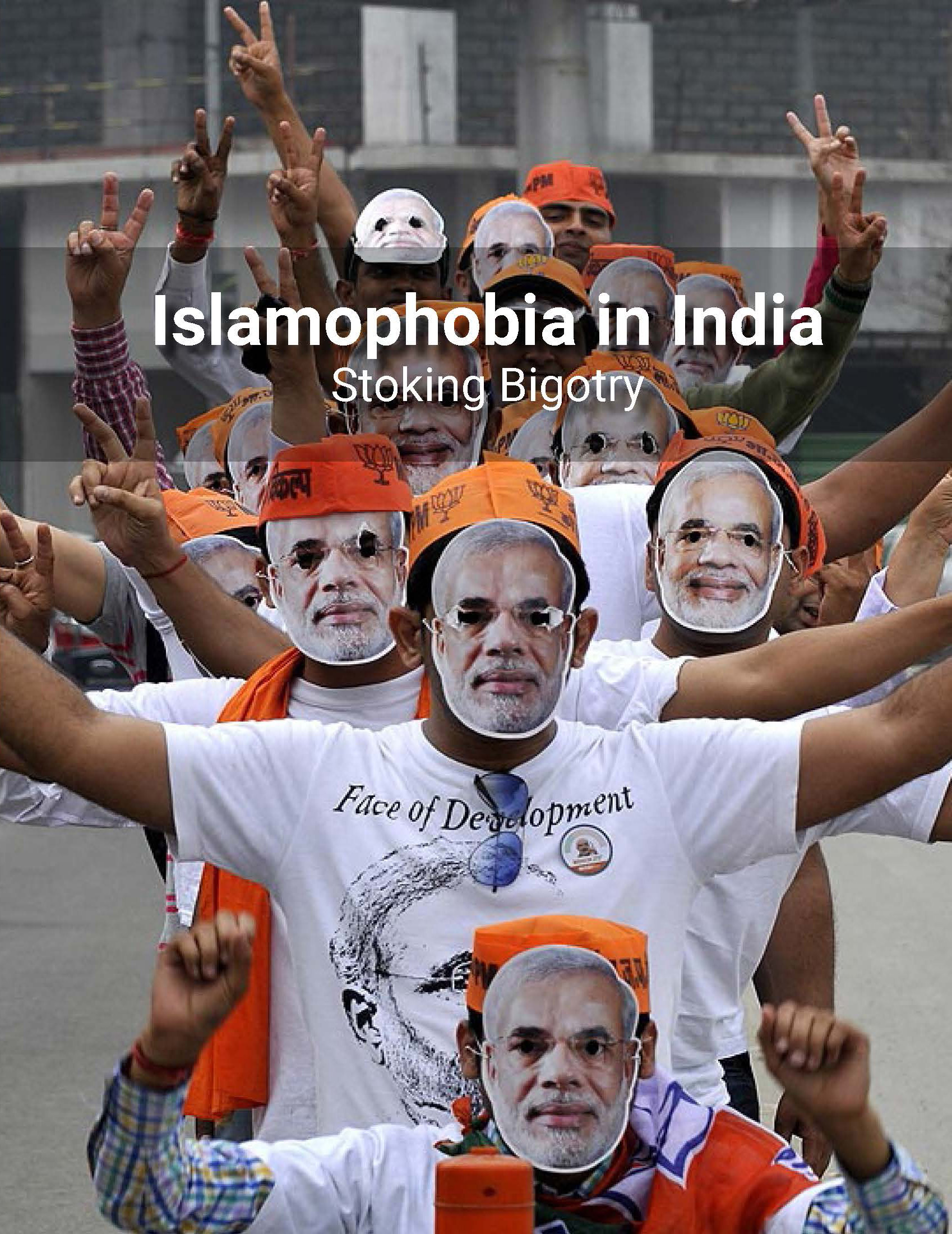
Islamophobia is spatialized through ‘communal violence,’ attacks and contestations over the right for Muslim neighborhoods and places of worship to exist in the Indian national space. Historically, India has suffered various outbreaks of large-scale politically-stoked violence against religious minorities, particularly against Muslims that remain unresolved years later.
There is a pronounced geographic pattern where politically-stoked violence occurs, which can be traced in ten states. These states with the highest incidence of communal violence included Uttar Pradesh, Karnataka, Maharashtra, Madhya Pradesh, Bihar, Rajasthan, West Bengal, Jharkhand, Telangana and Assam. Collectively these ten states accounted for 1,972 cases of politically- stoked violence during the period of 2015-2017.
Statistics reveal that Muslims suffer disproportionately from communal violence given the outcomes in comparison to the population overall and in each area, further diminishing the likelihood that Muslims are enacting violence against Hindus, as some have claimed
Islamophobia was spatialized from 2017 onwards in a variety of ways. These included incidents of politically-stoked communal violence, the vandalism of Muslim sites, disputes and contentions over land, and the symbolic infiltration of Muslim sites, such as spying on Muslim communities, or the distributing anti-Muslim propaganda in Muslim spaces or neighborhoods to invoke fear and exclusion.
In documenting cases from 2017 onwards, it is exemplified that the BJP victory and subsequent implementation of ultra-right-wing nationalist discourse and policies have intensified such attacks against Muslim sites, neighborhoods and places of worship.
Most concerning is the direct impact of such violence on patterns of segregation and the ghettoization of Muslims. This decreased social and spatial mobility further limits the ability for Muslims to access the socio-economic opportunities required to participate in national economic growth. This also causes increased housing insecurity and an intensified geographical division of Muslims from the Hindu majority in an increasingly Islamophobic national space.
The spatial impacts of Islamophobia inflicted against Muslim sites, spaces and communities has restricted the residential options, choices and preferences of Muslims in India. The actual and perceived threat of violence has resulted in the exclusion of Muslim communities from the national space. This has resulted in the increased ghettoization of Muslims to limited places of security and belonging that enables the survival of these communities an increasingly hostile socio-political environment of Islamophobia.
Politically-stoked violence has negative impacts on the spatial and social mobility of Muslims in India. Such reduced mobility results in limited socio-economic opportunities to participate in national economic growth, housing insecurity, and an intensified geographical division of Muslims from the Hindu majority in an increasingly Islamophobic national space.
Rohingya refugees
Rohingya refugees that have fled genocide in nearby Myanmar and sought refuge in India are an important group when assessing Islamophobia, spatialization, and mobility of Muslims in India.
Rohingya refugees in India encounter hate and discrimination and are vulnerable, living in makeshifts camps on the periphery of society. They are victims of surveillance, violence, razing of their camps and face threats of expulsion which will potentially be deadly.
Rohingya Muslims have been created as security threats by Hindu nationalists and media narrative. Descriptions of the Rohingya as “foreigners” who enter the country ‘illegally” rather than as “refugees” are political and strategic. BJP leader Yogi Adityanath’s vocal support of the ‘Muslim ban,” which acts as a barrier and virtual border wall, barring people entering the U.S. from seven Muslim predominant nations under the Trump Administration, followed by Adityanath’s own election rally statement that similar action is needed to contain terror activities in India, perpetuates the nationalist narrative of Muslims as invaders of India and a threat to Hindu culture, as well as the nation.
Polarizing discourse attempts to solidify the link between Rohingya refugees and criminality, militancy and terrorism, potentially removing certain guaranteed protections, clearing the way for discriminatory legislation, policies, and actions toward this vulnerable population. It also makes it a possibility that 40,000 plus people may be imprisoned, deported and possibly ethnically cleansed, under the guise of security threats.
The report demonstrates an annual increase in beef-related attacks since Prime Minister Modi took office in 2014.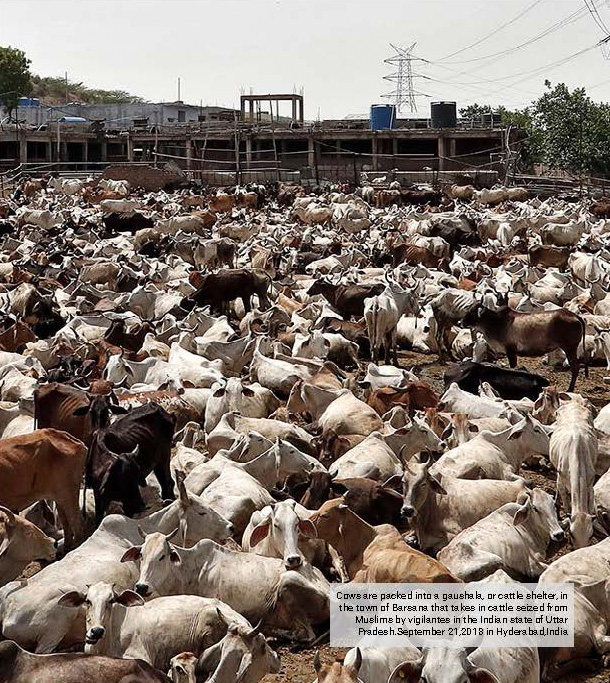
The passage of restrictive beef legislation in various states are associated with driving the attacks upon Muslims and Dalits by emboldening people to take the law into their own hands enacting violence and death extra-judiciously upon innocent Muslims.
Often the beef-related attacks upon Muslims are premeditated and led by ultra- national Hindu groups wielding weapons such as knives, sticks and belts who act as judge and jury.
Amnesty International India has drawn a link between increasing cow legislation that predominantly targets Muslims and the growing trend of Islamophobia that must be stopped.
Reports and narratives indicate that many Muslims live in fear due to the increasing, volatile and unpredictable nature of beef lynching across various regions in India.
Officials and police are often implicated in beef related attacks, and impunity around attacks lends a sense of permissibility to an ‘open hunting season’ upon Muslims. Not only do attackers including those who murder, go uncharged for their crimes, in some cases they have been honored and rewarded for their crime by politicians from the BJP.
Gau rakshaks seize wealth in the form of cows from Muslims and give them to gaushalas (cow shelters) that have been found to pass them on to Hindus, thus redistributing the wealth of Muslims to Hindus in some cases.
More than half of beef related attacks were reportedly spread by rumors.
Ghar Vāpasī or forcing Muslims to become Hindu
Hindu nationalist groups have been able to operate such assertive Ghar Vāpasī campaigns targeting minorities for conversion with apparent impunity. These so-called ‘homecomings’ are justified by the RSS as ‘reconversions’ on the basis that their predecessors were themselves supposedly converted from Hinduism through proselytization or force by other ‘foreign’ religions, including Islam.
“Ghar vāpasī has been touted as the return to authentic origins, the starting point, the abode of birth. It produces and enforces notions of a primordial religious identity, whereby all and everyone are declared Hindus. Thus states Praveen Togadia of the VHP: “At one point of time, the entire world was Hindu. There were seven billion Hindus, and now there are just one billion.” The shift from the whole world to the Hindu nation is swift, as ghar vāpasī denationalizes Islam and Christianity, facilitating their “othering.”
There have been ongoing reports of Ghar Vāpasī ceremonies in 2017, although their number and nature were impossible to confirm. In 2014, following the BJP national victory, the RSS announced plans to “reconvert” thousands of Christian and Muslims families to Hinduism as part of a so-called Ghar Vāpasī (returning home) program, and began raising money to do so.
The Dharm Jagran Samiti (Religious Awakening Council) is an RSS-VHP affiliate dedicated to converting Muslims and Christians to Hinduism. According to a report by India Today, this organization said it would expedite its Ghar Vāpasī campaign: “Muslims and Christians don’t have any right to stay here [in India],” one of its leaders said in December 2014. “Our target is to make India a Hindu nation by 2021… Muslims and Christians must convert to Hinduism “if they want to stay in this country”.
This statement is connected to the organizations’ claims that they converted 57 Muslim families to Hinduism in Uttar Pradesh. Such conversion ceremonies have led to panic among Muslims and the displacement of Muslim communities from their homes. However, after domestic and international outcry, the RSS postponed its plans. Nevertheless, in its annual report presented of 2015, the VHP claimed to have converted nearly 34,000 people to Hinduism over a year and “prevented” nearly 49,000 Hindus from converting to other religions.
These conversions and “preventions” were carried out in the states of Odisha, Gujarat, Chhattisgarh, Jharkhand and Assam. The Dharm Jagran Samiti also distributed pamphlets for its fundraising drive where the cost of converting a Muslim was fixed at Rs. 500,000 ($7,500) and of converting a Christian at Rs. 200,000 ($3,000). BJP MP Satish Gautam welcomed the announcement. Smaller-scale forced conversions of religious minorities were also reported in 2016. In addition, in February 2016 the RSS reportedly placed signs in train stations throughout India that said Christians had to leave India or convert to Hinduism or they will be killed by 2021.
Four Sample Cases relating to Conversion in India
1. In September 2014, in Shivpuri, Mad- hya Pradesh, Members of the Bajrang Dal and VHP put pressure on district officials to reject nine Hindu Dalits’ petitions to convert to Islam.
2. In December 2014, in Madhunagar, Uttar Pradesh, RSS-related groups, the Dharma Jagran Samanvay Vibhag and Bajrang Dal, converted 200 Muslim persons to Hinduism. The new converts later stated they had been misled, told that they were receiving help to get ID cards.
3. In February 2016, Across India the RSS allegedly put up threatening signs across India in train stations stating Christians need to convert to Hinduism or leave the country by 2021, or risk death.
4. In April 2017, in Maharajganj, Uttar Pradesh, members of the group Hindu Yuva Vahini called police to a Christian church by alleging forced conversions, causing disruption to a prayer service involving Ukrainian and U.S tourists. While Hindu Yuva Vahini members surrounded the church during the disruption, the police visit found no evidence of forced conversions.

The Journal of America Team:
Editor in chief:
Abdus Sattar Ghazali
Senior Editor:
Prof. Arthur Scott
Special Correspondent
Maryam Turab
Your donation
is tax deductable.
